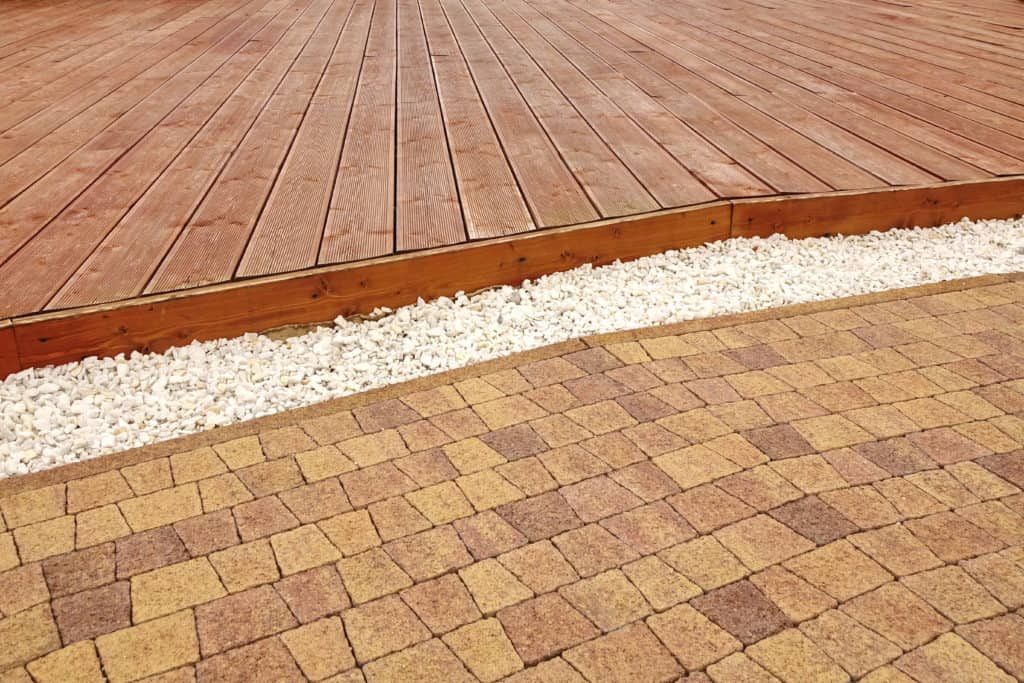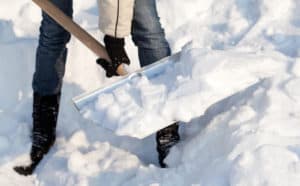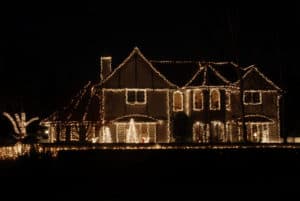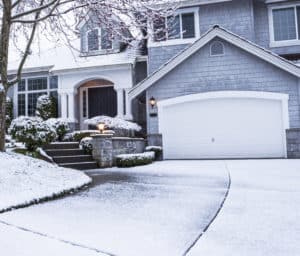Unwanted water can wreak havoc on your lawn and home structure. Yard drains can prevent expensive repairs.
To decide what drain is best, you must first identify the problem. Our article Yard Drainage: Common Problems and Solutions discusses signs your yard will show when it does not have proper drainage. Consider a few below.
Signs of Improper Drainage
- Erosion. Yard soil will erode, causing more significant problems.
- Water pooling. No matter how small, pools of water under gutters and downspouts is a definite sign of a problem.
- Structural changes. If you see wood floor warping, stains on the walls, or cracks that continue to widen, then get it checked out.
- Flooding in Home. Puddles can go beyond the yard and appear in your homes. Check basements and crawl spaces.
What Drain is Best For Your Yard?
If you notice any of the signs above in your yard, you will have to consider installing a drainage system. But which type of system will you need? The first step is to identify the problem.
Identify the Problem
Water can come from all different directions onto our properties. Before installing a drain first, confirm where the water is coming from. Common areas water can come from will include:
- Gutters. Water pools underneath gutter spouts do not direct the water flow to a well-irrigated area in your lawn.
- Concrete/asphalt driveways and walkways. After a heavy rain, water from the street or driveway can flow into your yard and homes.
- Poorly irrigated lawns. Puddles will occur throughout the yarn.
- Water from a neighboring property. Even if your yard has proper irrigation, your neighbors might not be, and it can overflow onto yours.
Yard Drains
Once you have identified the problem, then you can choose the drain that best suits your lawn. Typical yard drains discussed by The Spruce are listed below.
- Catch Basin. Used when gutters are directing the water flow to the wrong area, especially if it is pooling water near your home’s foundation. A catch basin will collect the water from your gutters and redirect the flow using a PVC pipe into an area that will benefit your yard.
- Channel Drain. A channel drain will stop water from overflowing into your yard or home right away. A narrow trench is cut into the concrete/asphalt where the water is traveling. Next, a drain is placed in the trench, sending the water away from your home.
- French Drain. When pooling and puddles appear on your lawn or near a property line, a french drain can be an easy and cost affection solution. A French drain is a trench dug into your yard where the water is pooling, and porous material like gravel is placed above perforated PVC pipes. The PVC pipe will direct water to another area in need of water, such as gardens.
Hire Moyer Lawncare
Drains can become a big job without the proper tools and training. In the long run, it will save you money from expensive repairs. Talk to a Moyer Lawncare professional to discuss your property and how to resolve your drainage problems.




